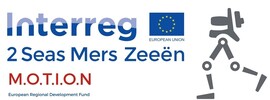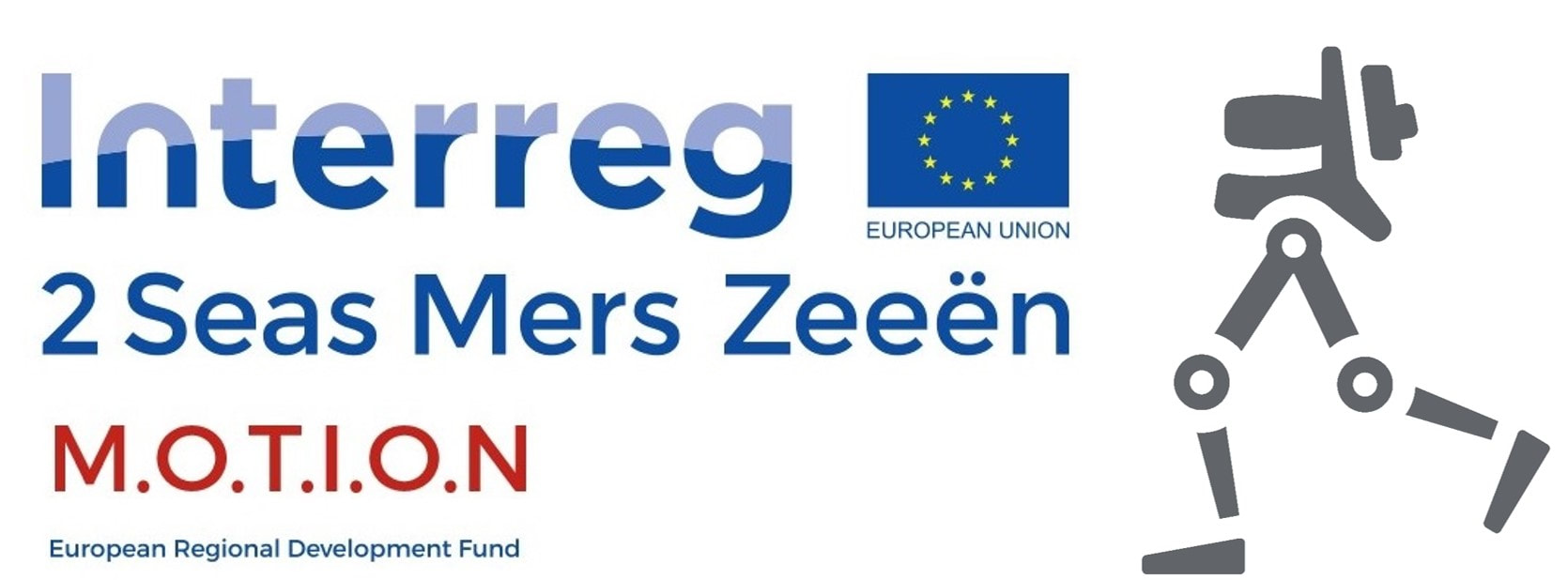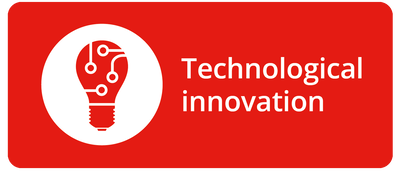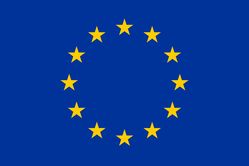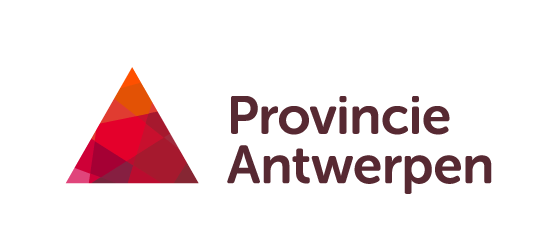The Project
Common Challenge
According to data collected from 14 European centres in the Surveillance of Cerebral Palsy common database (Cans 2000), 30% of children with Cerebral Palsy is not able to walk at 5 years of age and 16% of the CP children need assistive devices to walk, while 54% can walk without aids (Beckhung et al. 2008). This means that 46% of the CP children might benefit from innovative technology like lower limb exoskeletons to promote walking. CP occurs at different prevalence rates, according to statistics, from 1.4 to 3.0 per 1000 live births (Johnson 2002). Within the 2 Seas region there are between 1.970 - 3.940 CP children younger than 10 years (32.643 – 65.285 CP children in Europe) that might be addressed by assistive technology developed in MOTION.
Although robotic assistive walking devices already exist, they need specific development for children. Furthermore, rehabilitation protocols must be tested and validated simultaneously with training of the health professionals for the efficient implementation of the technology in clinical practice.
Moreover, associated impairments could diminish communication capability of the CP children. Hence, to assure permanent child monitoring, a smart garment that integrates sensing technology suitable for children and that communicates with the exoskeleton, will be developed.
The common challenge of MOTION is to promote the delivery of innovative assistive technology to the health sector.
According to data collected from 14 European centres in the Surveillance of Cerebral Palsy common database (Cans 2000), 30% of children with Cerebral Palsy is not able to walk at 5 years of age and 16% of the CP children need assistive devices to walk, while 54% can walk without aids (Beckhung et al. 2008). This means that 46% of the CP children might benefit from innovative technology like lower limb exoskeletons to promote walking. CP occurs at different prevalence rates, according to statistics, from 1.4 to 3.0 per 1000 live births (Johnson 2002). Within the 2 Seas region there are between 1.970 - 3.940 CP children younger than 10 years (32.643 – 65.285 CP children in Europe) that might be addressed by assistive technology developed in MOTION.
Although robotic assistive walking devices already exist, they need specific development for children. Furthermore, rehabilitation protocols must be tested and validated simultaneously with training of the health professionals for the efficient implementation of the technology in clinical practice.
Moreover, associated impairments could diminish communication capability of the CP children. Hence, to assure permanent child monitoring, a smart garment that integrates sensing technology suitable for children and that communicates with the exoskeleton, will be developed.
The common challenge of MOTION is to promote the delivery of innovative assistive technology to the health sector.
Overall objective
MOTION addresses two challenges :
MOTION addresses two challenges :
- Improve the quality of life of children with neurological disorders through advancements in development, validation and adoption of bionic rehabilitation technology.
- Facilitate knowledge and technology transfer from research to industry, healthcare professionals, end users and policy makers by setting up a transregional network.
Cross border approach
The project consortium brings together state-of-the-art expertise and capacity for evaluating and promoting new approaches in support of bionic rehabilitation technology. It combines technical and clinical partners and observers with decade-long experience and necessary skills to successfully execute the project. Four countries within the 2 Seas region are represented in the consortium (France, Belgium, The Netherland’s and United Kingdom) by 15 partner organizations.
A multidisciplinary team formed by different expert profiles ranging from design, electromechanical, biomedical and computer science engineers to movement scientists and physiotherapists will develop, test and validate a bilateral lower limb exoskeleton prototype, a powered ankle foot orthosis prototype and a smart garment prototype.
The project consortium brings together state-of-the-art expertise and capacity for evaluating and promoting new approaches in support of bionic rehabilitation technology. It combines technical and clinical partners and observers with decade-long experience and necessary skills to successfully execute the project. Four countries within the 2 Seas region are represented in the consortium (France, Belgium, The Netherland’s and United Kingdom) by 15 partner organizations.
A multidisciplinary team formed by different expert profiles ranging from design, electromechanical, biomedical and computer science engineers to movement scientists and physiotherapists will develop, test and validate a bilateral lower limb exoskeleton prototype, a powered ankle foot orthosis prototype and a smart garment prototype.
Find out more on the Interreg 2 Seas page of the project: www.interreg2seas.eu/en/MOTION
